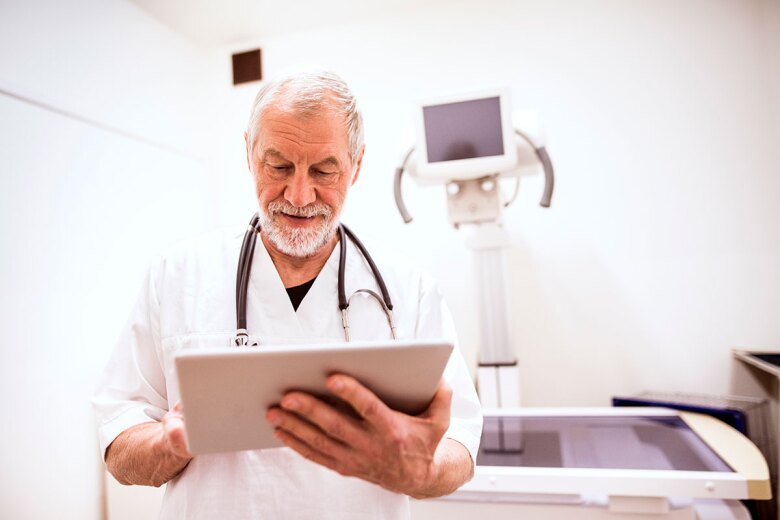
COMPANY: Greater Houston Healthconnect
CHALLENGE: As the COVID-19 case count began to rise in Texas, so too did life-or-death questions. Where is the virus spreading? Which underlying conditions make patients vulnerable to bad outcomes? And what best practice protocols were emerging for caregivers to help the ill?
OUTCOME: The health information exchange (HIE) and its ability to collect, normalize, and aggregate huge volumes of data has empowered public health officials, healthcare providers, and researchers to better understand the impact of COVID-19 and how to thwart it
As the COVID-19 case count began to rise in Texas, so too did life-or-death questions. Where is the virus spreading? Which underlying conditions make patients vulnerable to bad outcomes? And what best practice protocols were emerging for caregivers to help the ill?
None of these mysteries had an easy resolution. But healthcare professionals have been unearthing answers thanks to the health information exchange that covers patients in the state’s largest city and across Texas.
Greater Houston Healthconnect, which handles data from millions of patients in 75 counties in Southeast, South, and East Texas, has emerged as the hub of patient medical activity. The health information exchange (HIE) and its ability to collect, normalize, and aggregate huge volumes of data has empowered public health officials, healthcare providers, and researchers to better understand the impact of COVID-19 and how to thwart it—now and long into the future.
“You must be able to find and match patients across the healthcare continuum and deliver comprehensive health information that spans across the patient’s entire history,” says Nick Bonvino, CEO of Greater Houston Healthconnect. “Our community is convinced this is not possible without a regional HIE.”
To ensure local care coordination, Greater Houston Healthconnect leveraged its interoperable network, powered by InterSystems HealthShare®, to identify patients who tested positive for the virus. HealthShare enabled access to their complete medical histories, from hundreds of hospitals and thousands of practices and post-acute entities, delivering critical patient information into providers’ clinical workflows when they needed it most.
All the while, the HIE has bolstered efforts from 16 public health departments to report COVID-19 cases, perform case investigations, and assist with contact tracing. The deployment of HealthShare Clinical Viewer enabled infectious disease specialists and epidemiologists to immediately access patients’ clinical and demographic data making data driven decisions to deal with the tidal wave of cases.
But Texas is just now reaping the benefits of what may well be Greater Houston Healthconnect’s foremost contribution to the fight against COVID-19. The HIE is supplying the data to a public-private collaborative led by the University of Texas School of Public Health for research into COVID-19. Healthconnect created patient cohorts so large that they overshadow those assembled in early hot spots such as Wuhan, China, and New York City. The first cohort is 10,000 patients and the second more than 200,000, each coinciding with the first and second peaks of the pandemic.
The study is designed to collect the clinical data and longitudinally follow an ethnically diverse population of COVID-positive patients. The goals are to identify risk factors for both favorable and unfavorable outcomes, survey and analyze demographic, social, pharmacological, and comorbidity predictors, and develop best practices for the treatment of COVID-19 patients.
“Everyone understands the need for social distancing, wearing a mask, and washing hands,” Bonvino says. “Insight into how this virus behaves, identifying modifiable predictors, and sharing best practice treatment protocols will mitigate the risk for the adverse outcomes we are experiencing today.”
Insights gleaned from this project could represent a leap forward not just for hospitals, but patients, far beyond Texas.
This story originally appeared the HealthShare Connections News Flash No.5 - January 27, 2021




































